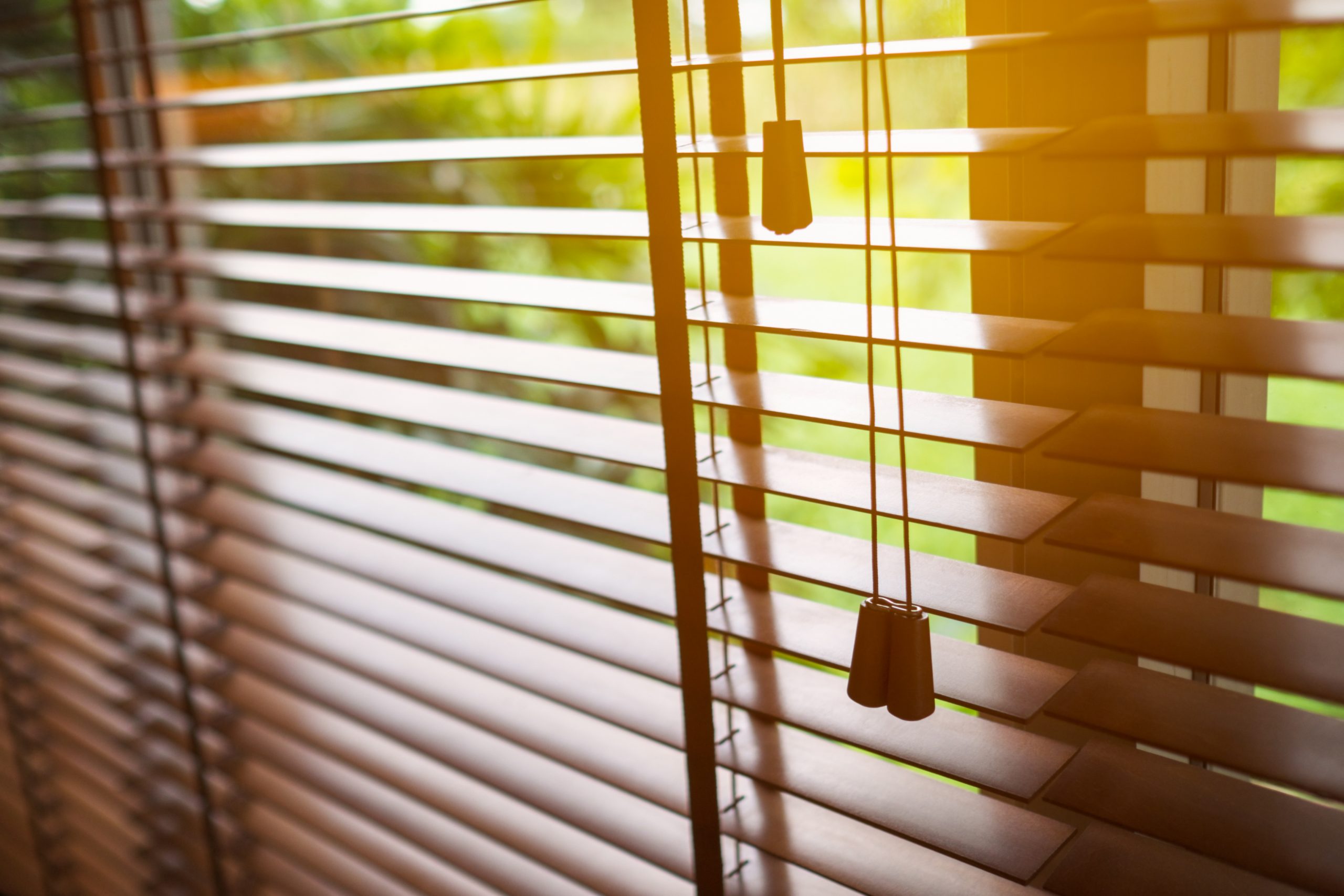If you have been thinking of changing your window blinds at home, you might be delighted to hear that the installation can be a simple do-it-yourself (DIY) project. So, save your hard-earned money for other things and prepare to get to work!

Once you’ve correctly installed your blinds, you can enjoy added privacy and control the light and temperature inside your home. If this is your first time to change or install window blinds, this informative guide can help you out.
- Determine Where You Should Install Your Blinds
Window blinds can be installed either outside or inside your room. If you choose to install them outside the room, you can have enough room for different window coverings inside. In contrast, window blinds that are attached to frames have a better and cleaner look. But before you install them, make sure to take precise measurements.
- Pick The Type Of Blinds That You Want To Install
Blinds come in various designs, so but you must choose which type best suits your needs and suits your home’s interior. You can try looking at home depots or shop online on sites like makemyblinds.co.uk, which offers a variety of blinds to choose from. However, make sure to examine the material used and read the details of the blinds carefully before proceeding to buy one.
The most popular kinds of blinds you’ll see are;
- Wooden Blinds
- Roller Shades
- Pleated Blinds
- Roman Shades
- Faux wood Blinds
- Venetian Blinds
These different types of blinds provide a unique aesthetic feel, so you must choose something that can best accentuate your rooms.
- Measure The Windows
The windows in your house are not equal in size and measurements. Therefore, you cannot just shop for blinds like it’s a one-size-fits-all item. Before you go out and purchase some blinds, make sure you take the correct measurements of the windows you intend to cover first. Otherwise, you might end up buying a blind that’s too narrow or too short. Also, take note of your preference. If you don’t really intend to cover up your windows from head to foot, then you don’t have to go for full measurements.
- Mark The Placement Of Brackets With A Pencil
If you are done choosing and shopping for window blinds, it’s time to get to work! Using your pencil, mark the area where you’re planning to attach the mounting brackets. For an exterior mount, the mounting brackets should be installed on each side of the window. For interior mount, on the other hand, the brackets should be installed on the window frame. After this, make sure to check that the bracket placements are even using a level.
When installing an inside mount, make sure it’s leveled by positioning the rail’s top side in the window casing. Then mark the areas at the end of every rail using a pencil. Fixing the blinds outside the window follows a slightly different procedure. In this case, you’ll be required to firmly hold the blind in position and attach the rail’s top section. While doing this, ensure the vertical slats and the blinds are uniform on the window casing. Once you’ve done this, that’s only the time that you can mark the area with a pencil. However, the marked area should be one-quarter inch past the top of the rail.
It may also help if you read the manufacturer’s instructions first. Doing such can help you get a good idea or some rough estimates of where you can best install the brackets and mark the correct placements to follow for the blinds you have.
- Open And Grip The Brackets
Once the holes are in place, you can go ahead and open the brackets’ door and fix them in the exact position that you have marked with a pencil. You should position these brackets in a manner that it’s facing your room’s interior space and the center of your window. This can sometimes be challenging, so you should consider using your finger or screwdriver to open them.
- Drill Holes For The Bracket Screws
Brackets usually have two screws. Therefore, you should drill holes using a 1/16-inch bit where the screws should pass. These holes should ideally be smaller than the screws to ensure that the screws tightly fit in place and secure the brackets in place. When making these holes on plastic, brick, concrete, or drywall, you should use anchors and plugs.
- Fix The Valance Clips
Valance clips help hold the headrail in position and make it more aesthetically-pleasing, thanks to its attractive design. You should also space these clips around two to 18 inches apart from each other. And once you’re through doing all that, go ahead and fix these clips in position over the railhead’s lip before you install the brackets.
- Attach The Rail’s Head
Once you’re done drilling, open the bracket’s door to attach the headrail. With the rail’s head in the appropriate position, you can go ahead and close the bracket doors. A snapping sound should be heard after doing this, and this will be your sign that the connection is intact.
After that, place the valance in the desired position and make sure it is resting on the valance clips. Use your hands to gently snap these valance clips into position. While doing this, move the headrail towards the brackets’ center and make sure you don’t snare the slats inside the brackets.
- Clip The Blind Wand
The last step is the installation of the blind wand. This tool enables you to regulate how much light is let in by the blinds. When fastening the wand, make sure to fix it to its labeled hook. Once this is in place, you’re done installing the window blinds.
Takeaway
Window blinds play a crucial role in regulating a room’s temperature and ensuring your privacy. Therefore, if yours get destroyed, replacing it as soon as possible is essential. If you didn’t know where to start, the guide has highlighted all the steps to follow when installing blinds. Therefore, with this insight in mind, you now are in a great position to go ahead and install these blinds on your own.







